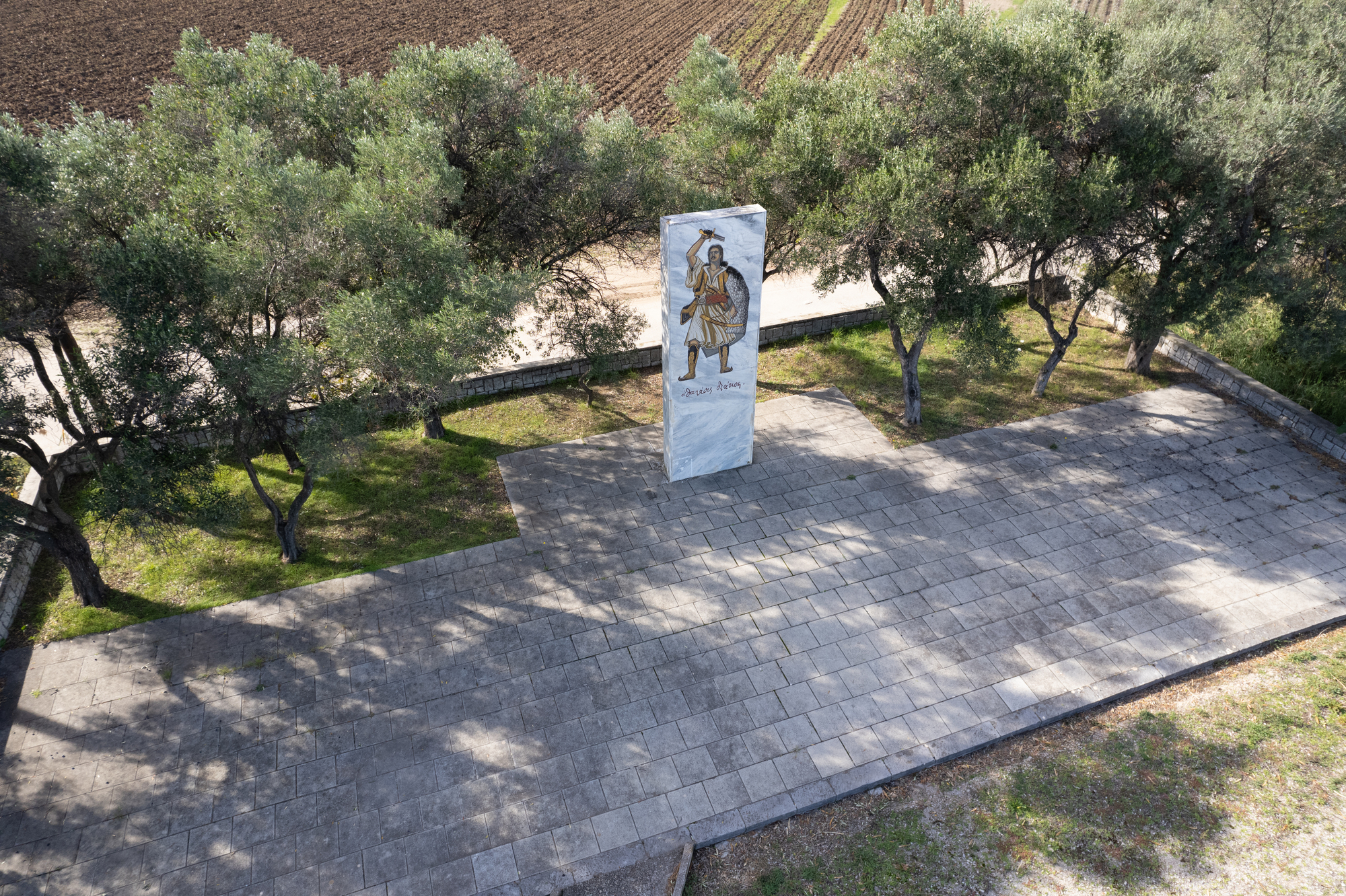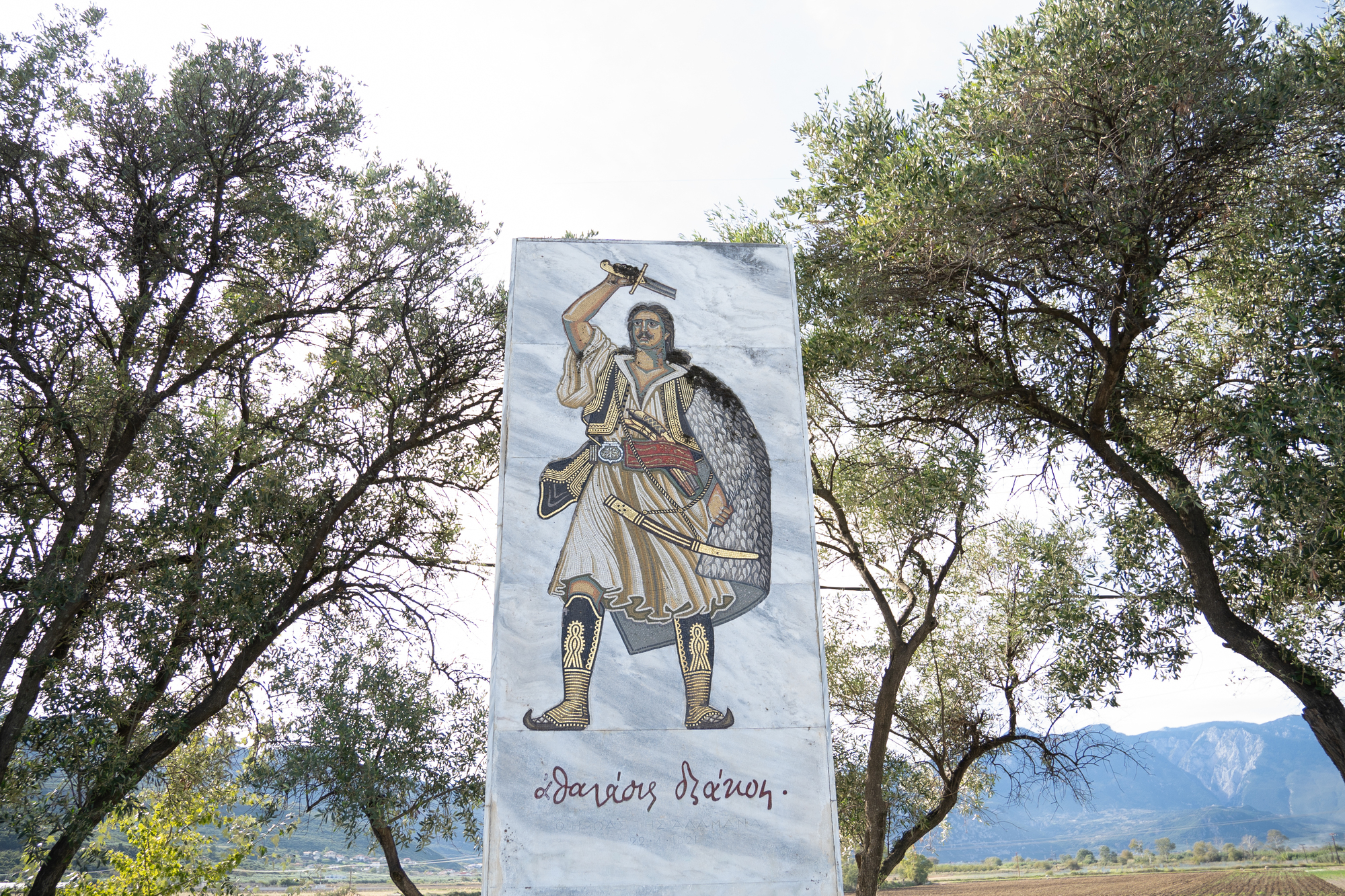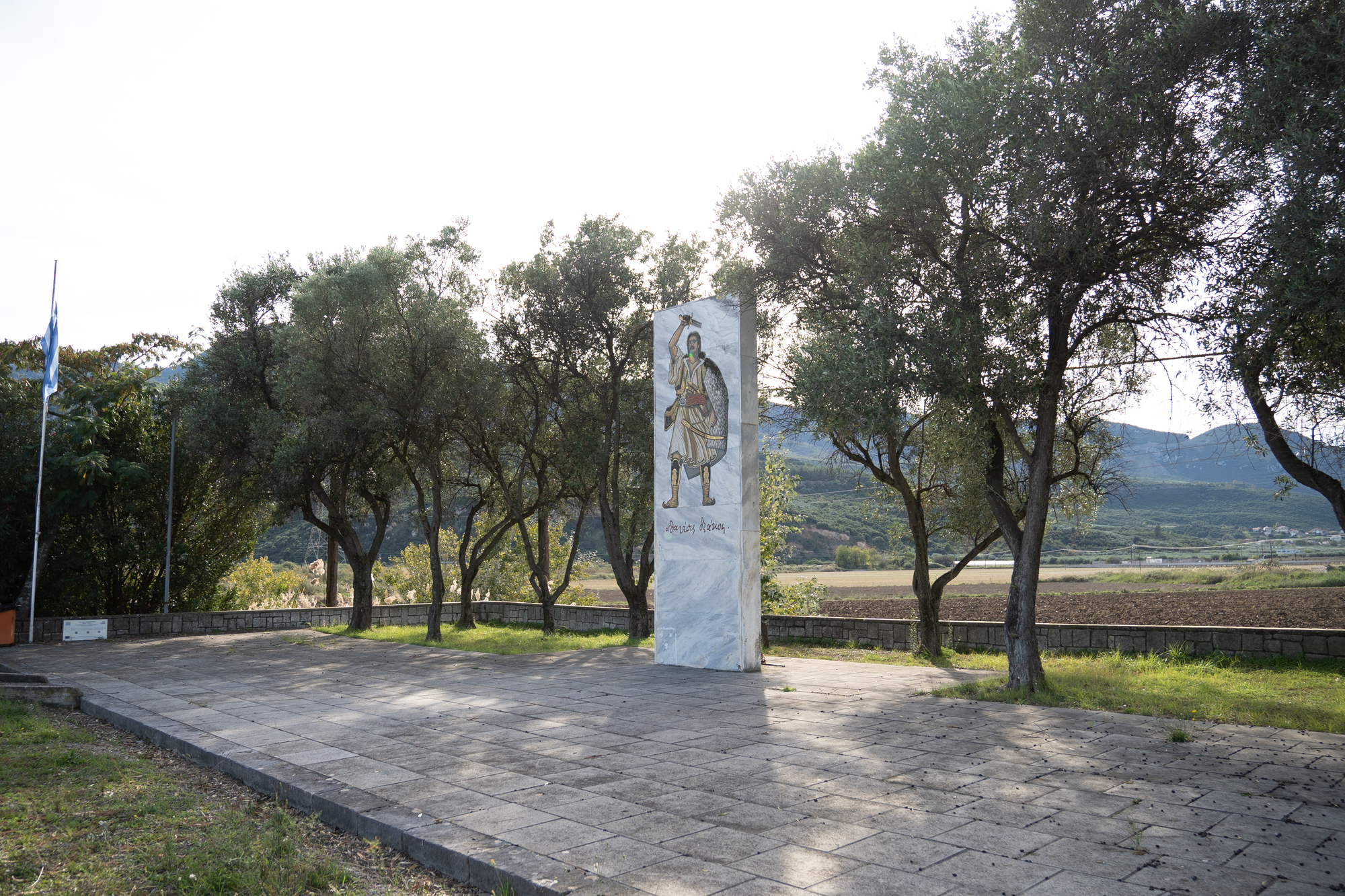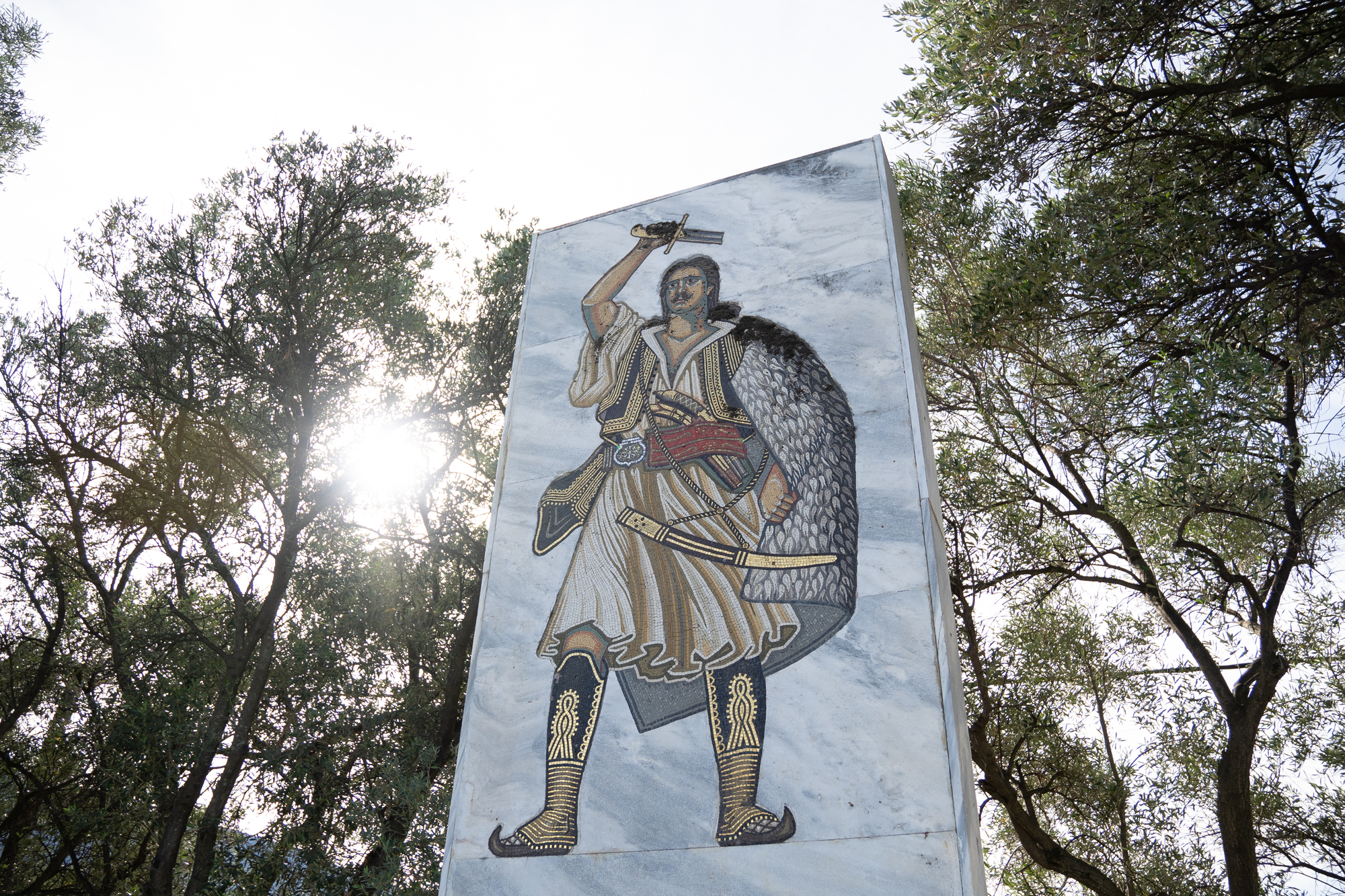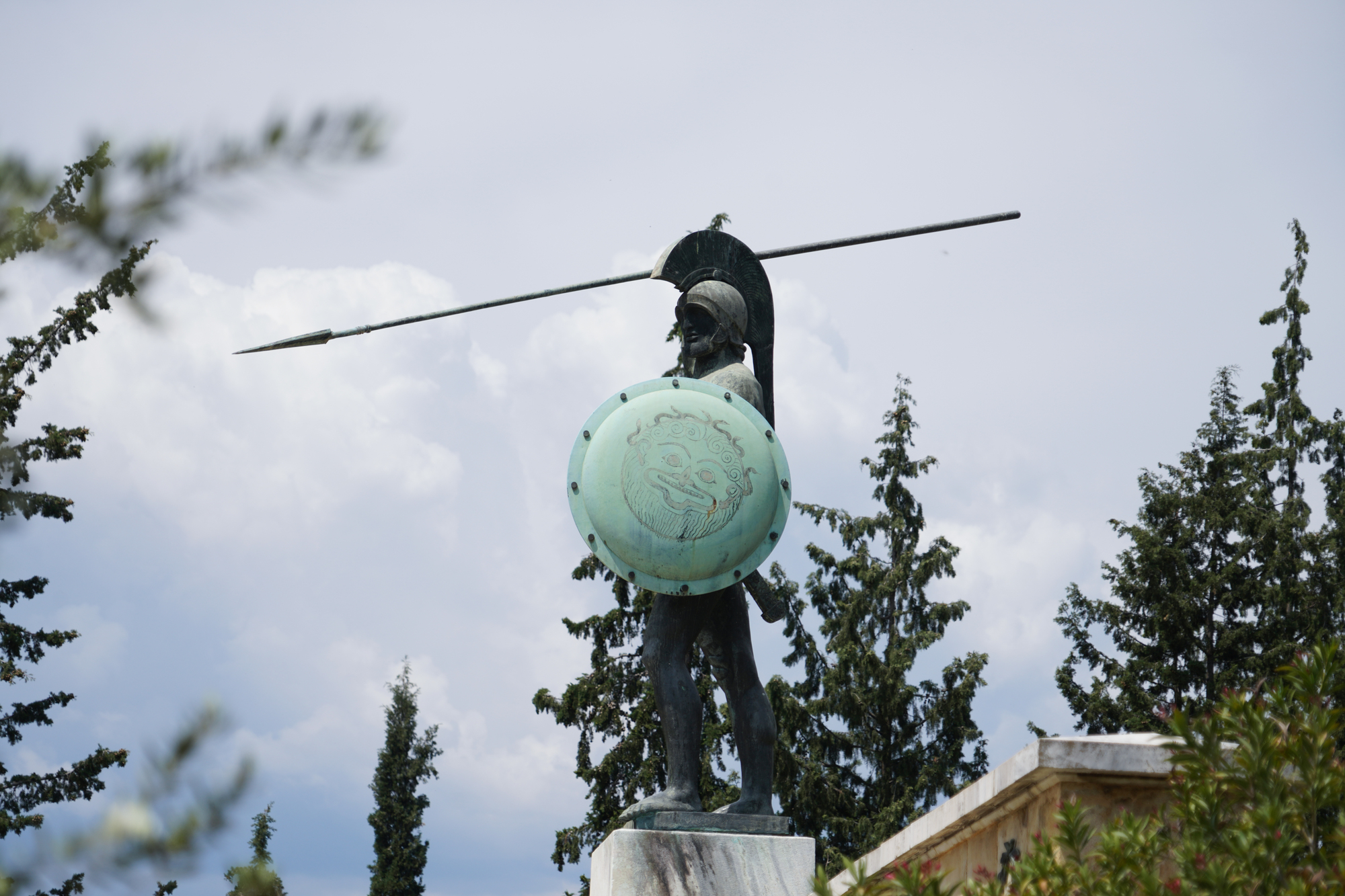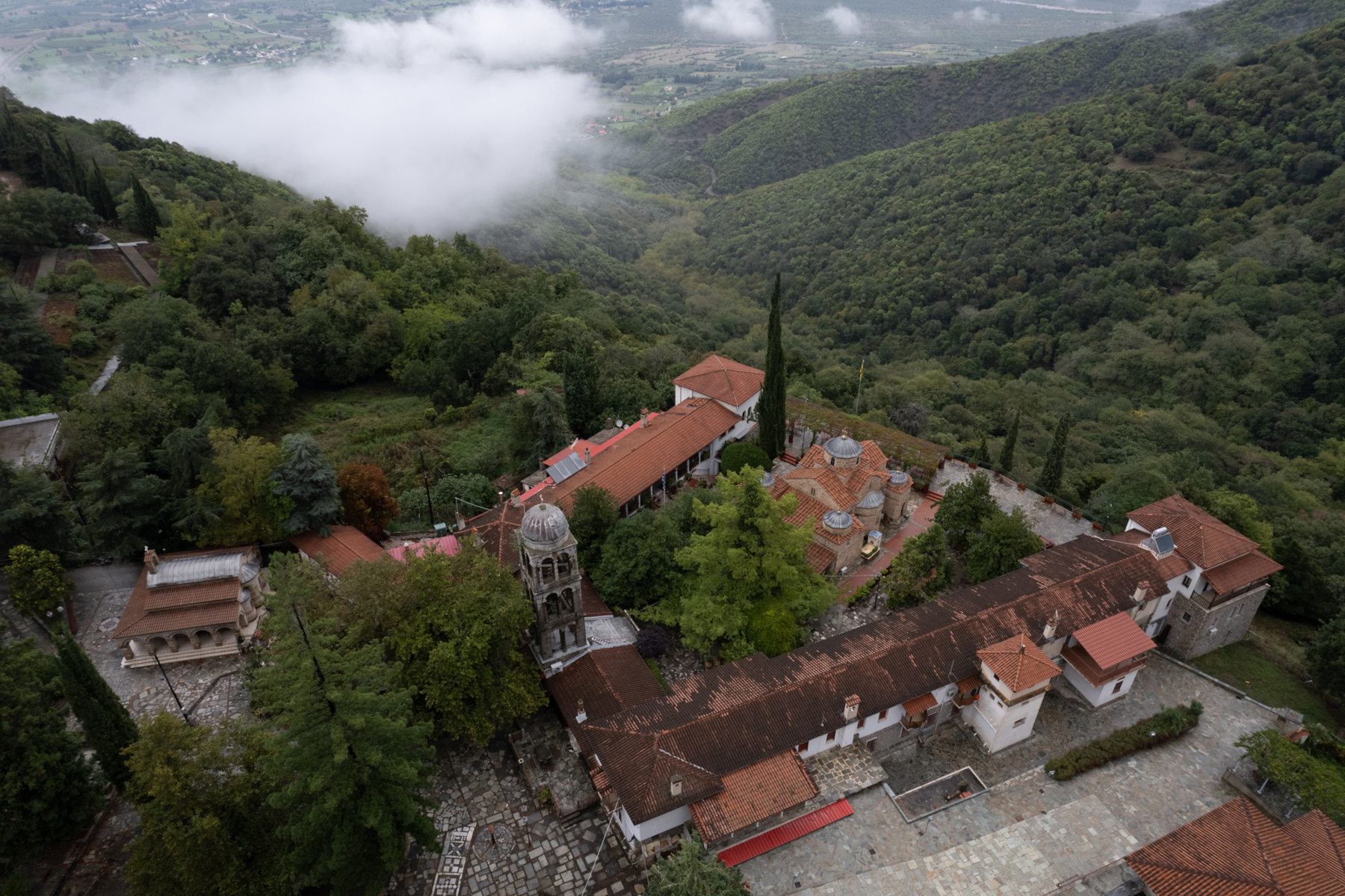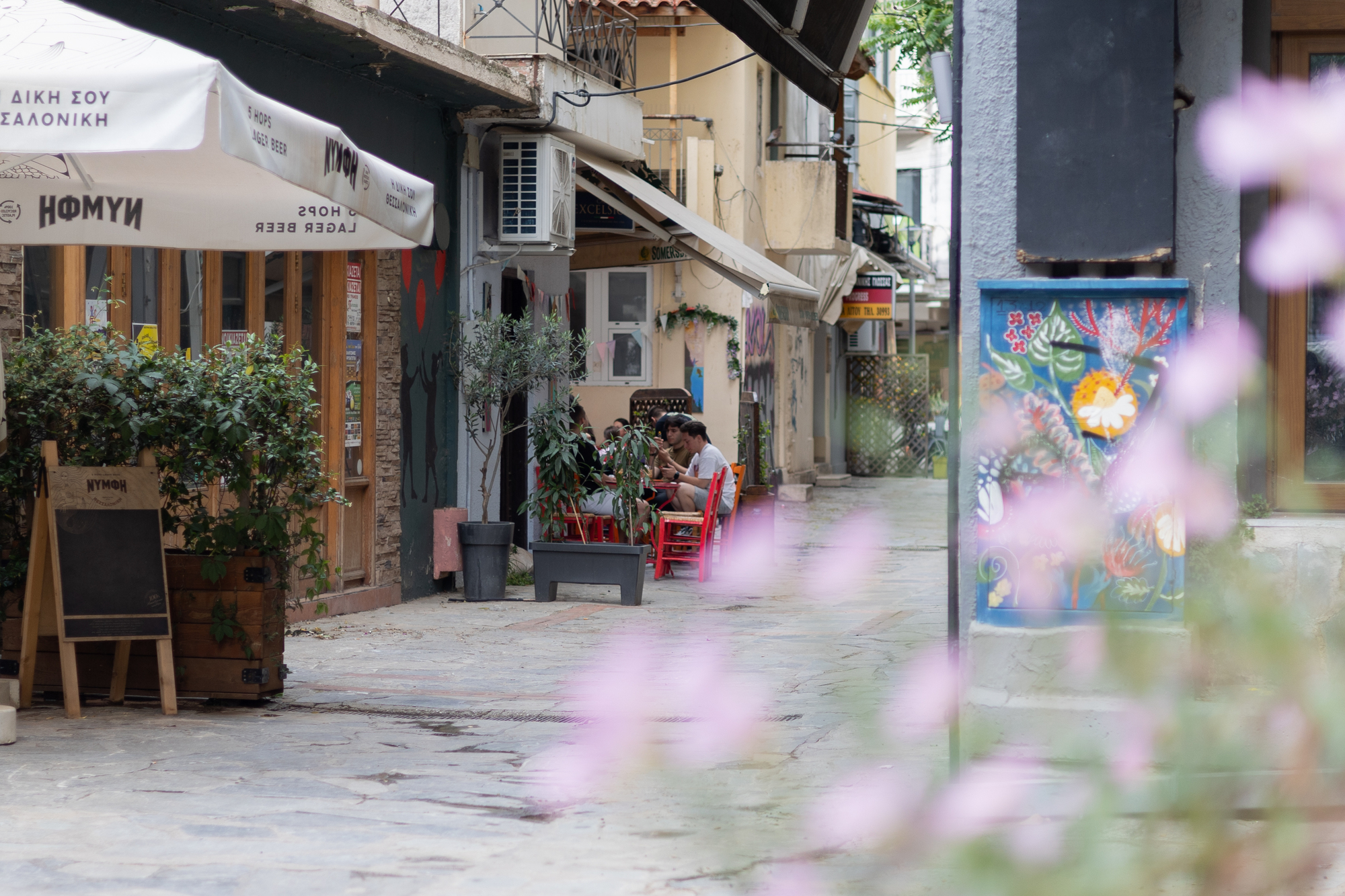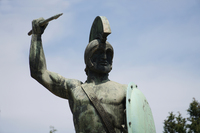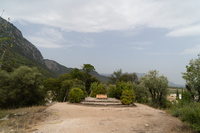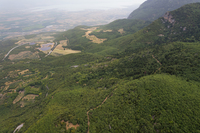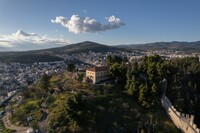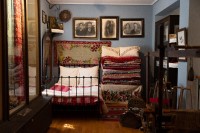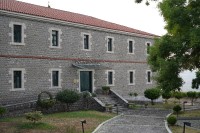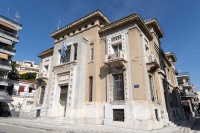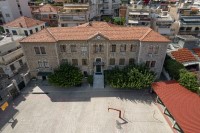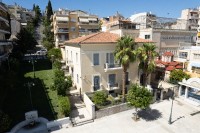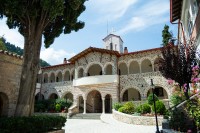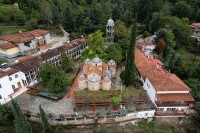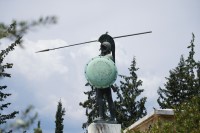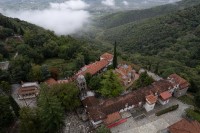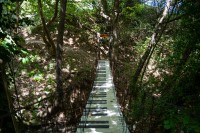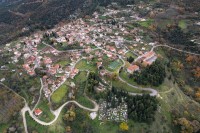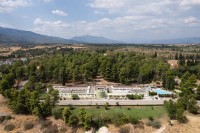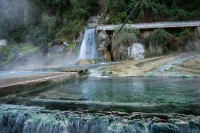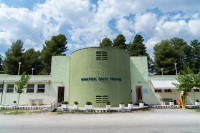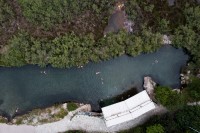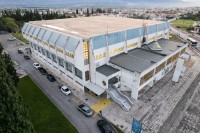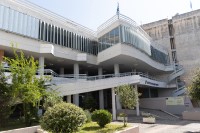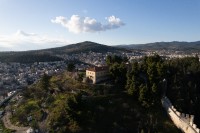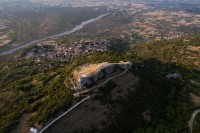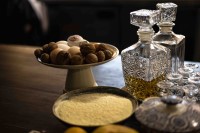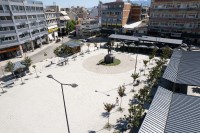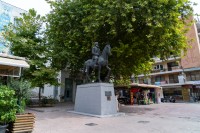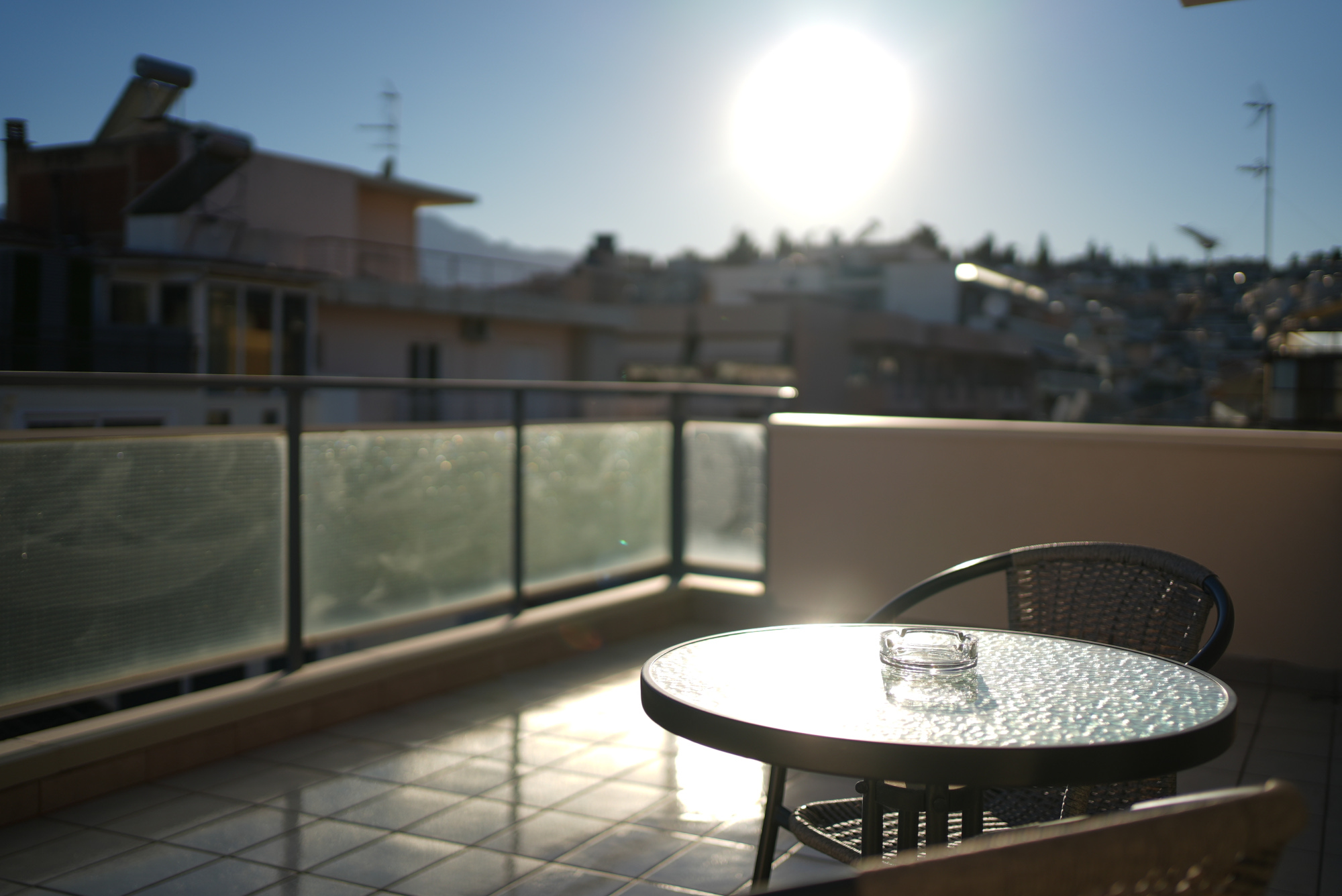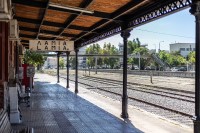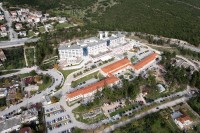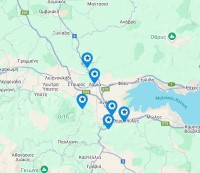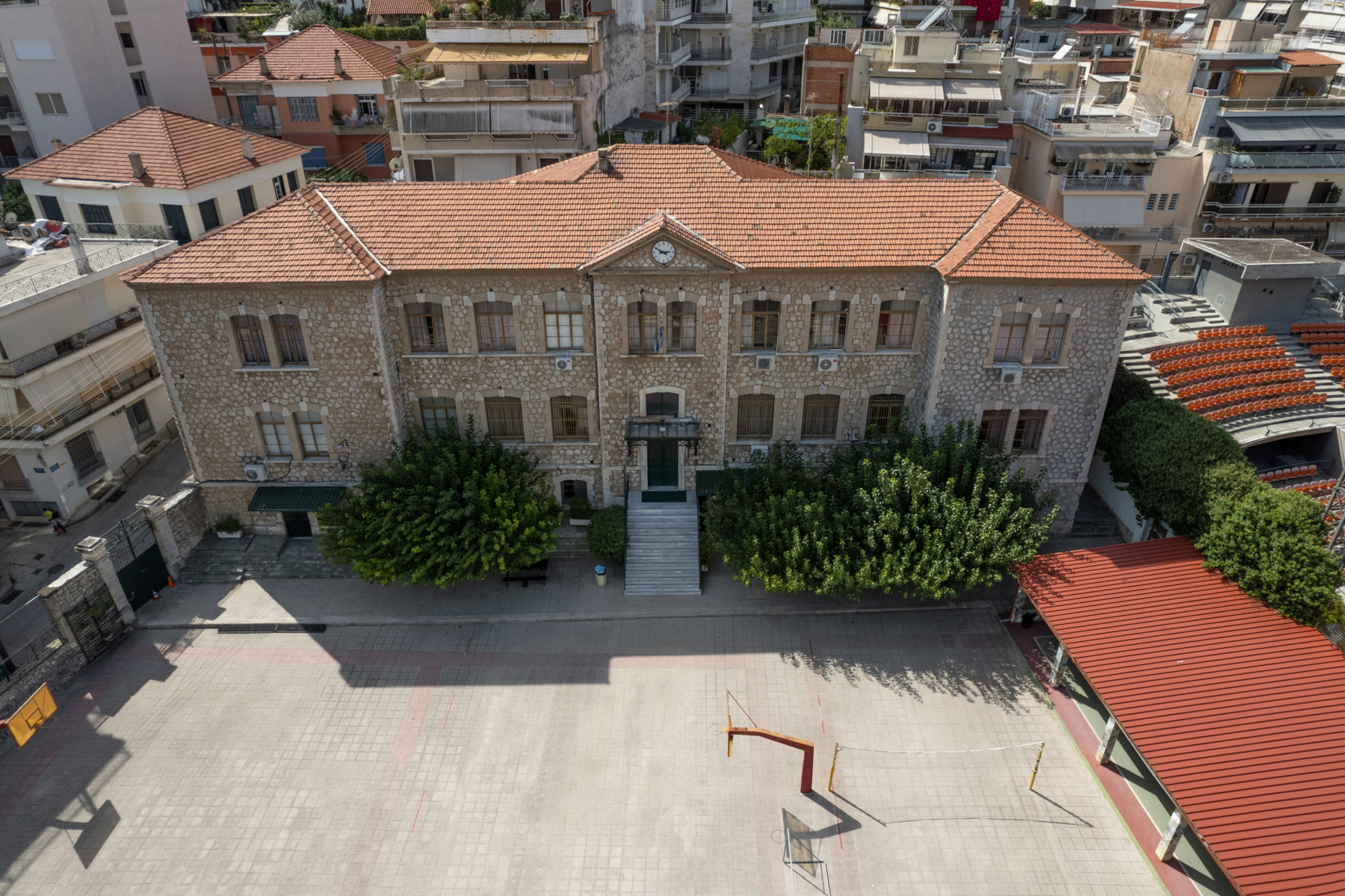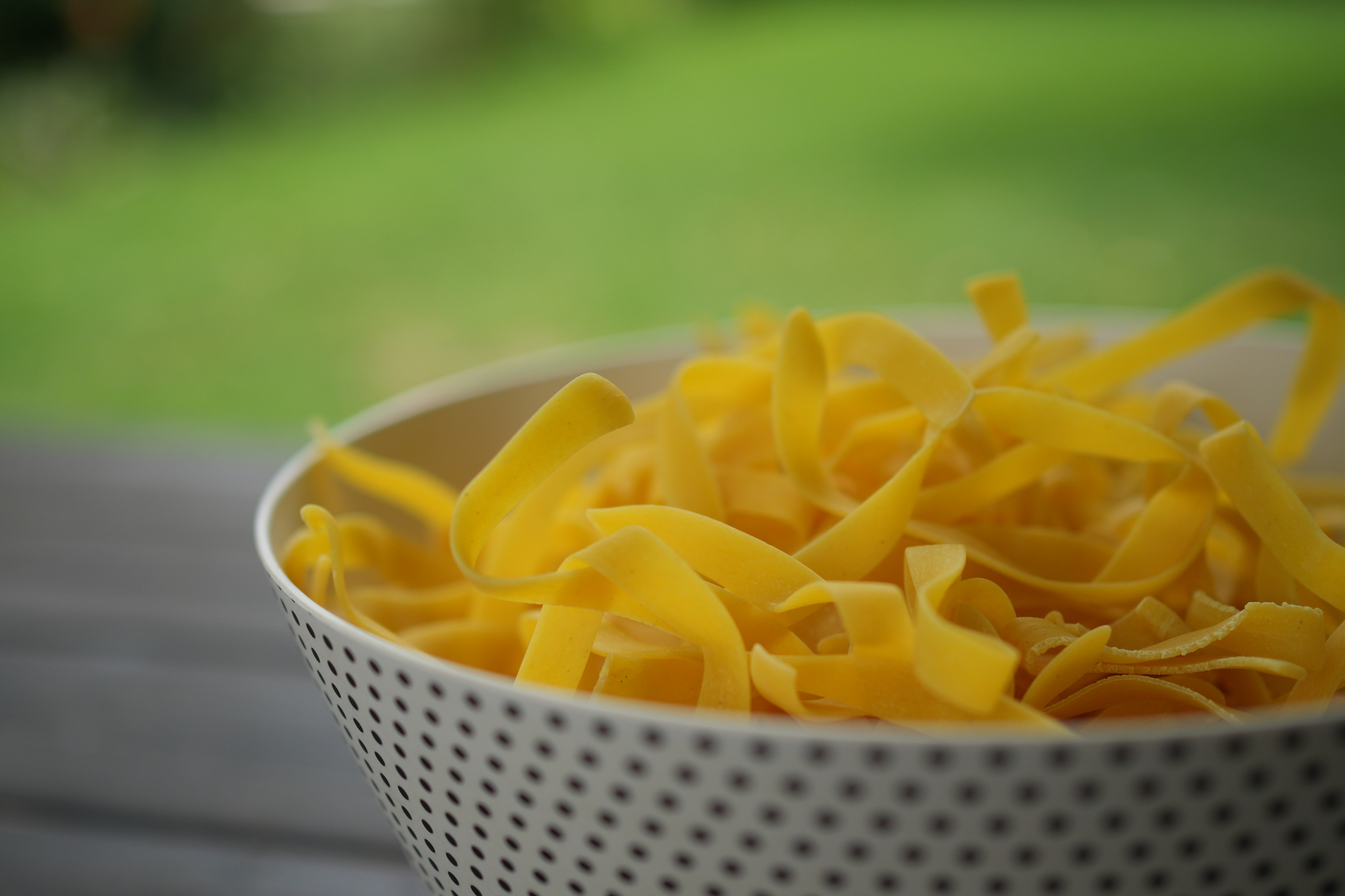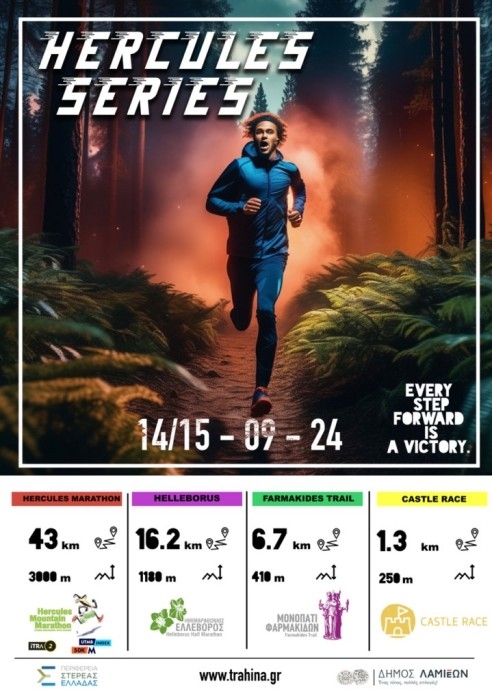Battle of Alamana
The battle at the Alamana Bridge on April 23, 1821, represents a significant chapter in the Greek Revolution. Here, Athanasios Diakos, with bravery and self-sacrifice, led the defense, facing the Ottoman forces and ultimately meeting a martyr's death. The hero and his fellow warriors emerged as symbols of resistance and selflessness. For this reason, despite its ultimate failure, the Battle of Alamana contributed to the strengthening of the morale of the Revolutionaries. Today, at the site of the historic battle, you can visit the excellent mosaic, depicting the figure of Athanasios Diakos, created by the eminent artists Kimon Laskaris and Elli Voila-Laskari.
Battle of Alamana
The Battle of Alamana, on April 23, 1821, constitutes a landmark chapter and one of the initial battles of the Revolution against Ottoman rule. It is situated just 3 kilometers away from another heroic site in Phthiotida, that of Thermopylae.
In early April 1821, Eastern Roumeli was ablaze with revolution. Hurshid Pasha, the governor of the Peloponnese, recognizing the danger, ordered Omer Vryonis and Kiose Mehmet to suppress the uprising and advance towards the Peloponnese. On April 17, the Ottomans camped in Lianokladi with 8,000 men.
The Greek commanders, sensing the peril, decided to defend the crossings of the Spercheios River and cut off the Turks' access to Salona (Amfissa) and Livadia. Panourgias fortified himself in Chalkomata, Dyovouniotis at Gorgopotamos, and Athanasios Diakos took a position at the wooden bridge of Alamana.
On the morning of April 23, the Turks attacked on all fronts and prevailed against the forces of Panourgias and Dyovouniotis. Resistance at Alamana, however, against the men of Kiose Mehmet, persisted. Diakos and 48 more men fought heroically on the bridge in battles hand to hand. Ultimately, he was wounded and captured. Diakos was taken to Lamia as a prisoner, with his wounds open, where he met a martyr's death. Two hundred Greeks were killed that day, and many more were injured, while the road to Viotia was open for the Ottomans. Despite the defeat, the self-sacrifice and the martyrdom of Diakos strengthened the revolutionaries.
Today, at the location of the historic battle, a mosaic of high art dominates, honoring the heroism and self-sacrifice of the great Hero. The work was crafted by architect Kimon Laskaris, also the creator of the municipal theater of Lamia, and his wife Elli Voila-Laskari, an excellent mosaic artist and the first instructor of the subject at the Athens School of Fine Arts.
Video
Video 1
Video
Video 2
Video
Location
Find the destination on the interactive map below.
Related route
Follow the route below and get to know our area better through its destinations.



